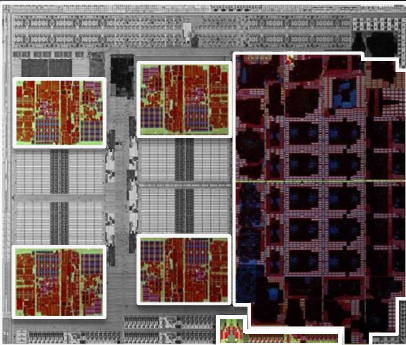Final thoughts and rating
AMD's new mainstream notebook platform marks a significant shift in design architecture. Known by the codename Sabine, the platform takes in two chips: an Accelerated Processing Unit (APU) and Fusion Controller Hub (FCH).
The APU brings the CPU and graphics parts of previous platforms together on to one chip. AMD uses this coming-together time to switch to a smaller, more-efficient manufacturing process while also focussing on making power savings across the chip.
Previously known as Llano, the initial batch of APUs have four processing cores largely based on existing Phenom II technology, albeit tweaked, and the graphics component takes unashamedly from a mainstream Mobility Radeon HD 5500-series discrete GPU and the video-processing block, UVD 3, found in the newest cards.
The upshot of this silicon reorganisation is a mobile platform that's competent at processing CPU tasks and relatively strong for multimedia usage - Blu-ray playback, high-def. content, HTML5 acceleration - and, crucially, battery life, which combine to make it a genuinely good fit for consumers looking to purchase a decent laptop in mid-2011.
Sweetening the deal is Dual Graphics, where an APU's power is combined with a discrete Radeon's, and it works particularly well in new-ish games.
This isn't silicon alchemy; AMD hasn't reinvented the wheel or launched never-seen-before technology, but we feel that, on technical merits, APU-based laptops stand a much better chance against price-comparable Intel laptops.
But the clear problem for AMD has never been one of technology competence; it has that in spades. Rather, the company needs to ensure that top-tier notebook manufacturers launch many timely, well-integrated laptops based around the APU-centric platform.
AMD is rather late to the all-in-one chip party but has now announced its presence with mainstream APUs. The question, which will be answered by Father Time, remains whether it impresses the folks that really matter - Dell, HP, Acer, et al.
HEXUS rating

AMD A8-3500M APU














